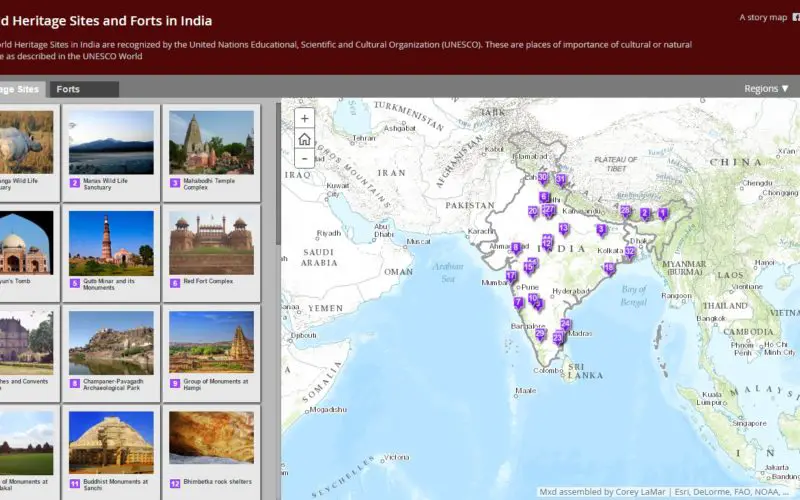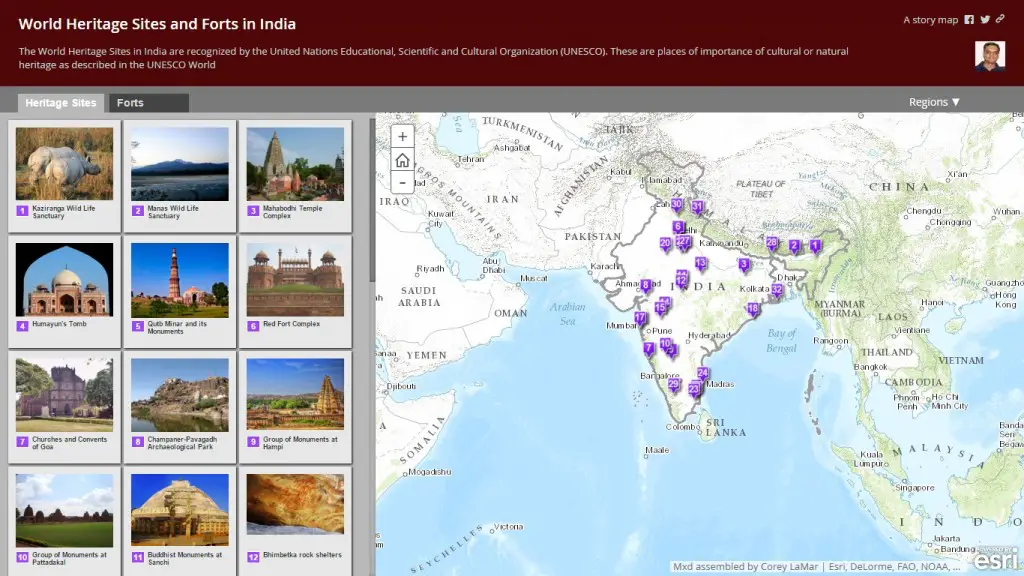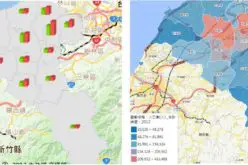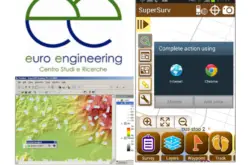Contributed By –

Everyone has a story to tell.Harness the power of maps to tell yours.
Esri Story Maps let you combine authoritative maps with narrative text, images, and multimedia content. They make it easy to harness the power of maps and geography to tell your story.
No Coding Required. Incredibly Powerful. Open Source.
Become a Story Map Author
- Share a place you love. Make your case. Showcase your organization’s plans and projects. Everyone has a story. What’s yours?
Make Great Maps
- As part of ArcGIS, Esri Story Maps let you use the full power of the world’s leading mapping and GIS platform to create your maps.
Share with the World
- Engage your community, communicate with customers, educate decision makers, and fire up your supporters.
“Telling Stories with Maps”
Stories are a very important aspect of our society, and storytelling is one of the things that make us uniquely human. Stories convey important knowledge about the world around us, often in a simplified yet dramatic fashion designed for maximum impact. We have much to learn, remember, and understand in life, but wrap a great story around something and it will make an impression on us that lasts a lifetime. – Allen Carroll, Esri
The Five Principles of Effective Storytelling
Connect with your audience
- Who is your audience? Before you build your story map, think about who will be seeing your story. Craft your text, maps, and other content to suit your audience. A useful trick: think about your mom. When you describe your work to your mom, you avoid jargon and use accessible language. It’s not about dumbing down; it’s about striving for clarity and simplicity.
Lure people in
- Start your story with a bang. Choose an image that’s exciting and attractive. Craft your title to be active and descriptive. “Walking Tour of Springfield” is okay, but “Discover the Hidden Treasures of Springfield” is better. Make sure people know where they are. Put your core concepts at the beginning rather than the end. Don’t include outbound hyperlinks in your introduction that would distract someone from starting to navigate through your story—put those at the end.
User experience supports the story
- The Esri Story Map application templates come in a variety of flavors. Choose an app with a user experience appropriate for your story. The Story Map Tour, for instance, is great for photos with short captions, but if you have longer text, the Story Map Journal might be better. If you want your audience to be able to switch between different maps, the Story Map Series makes the most sense.
Easy-to-read maps
- Make sure your maps are as simple, clear, and user-friendly as possible while incorporating cartography that matches your project. Edit your map to eliminate unnecessary detail. Choose an appropriate basemap; for example, in many cases, a simple gray background map might be better than satellite imagery. Think about what custom pop-ups, legends, and symbology you want to provide to deliver your map’s message.
Strive for simplicity
- Stories are distillations. The more you do to remove nonessential elements, the more likely you are to tell an effective story. Remember that attention spans are short in the digital age. Shorten your text and simplify your maps—and then go back and do it again. A person should not have to get to the fifth or sixth section in your story to understand its underlying concepts and mission.
So where do maps fit in the storytelling realm?
Story maps use geography as a means of organizing and presenting information. They tell the story of a place, event, issue, trend, or pattern in a geographic context. They combine interactive maps with other rich content—text, photos, video, and audio—within user experiences that are basic and intuitive.
World Heritage Sites and Forts of India – A shortlist story map
It provides information on “World Heritage Sites” and “Major Forts” of India.
http://sindal.org/indianheritage
References:
- Story maps site: https://storymaps.arcgis.com/en/
- Collection of story maps: http://arcg.is/1vdlUwM












